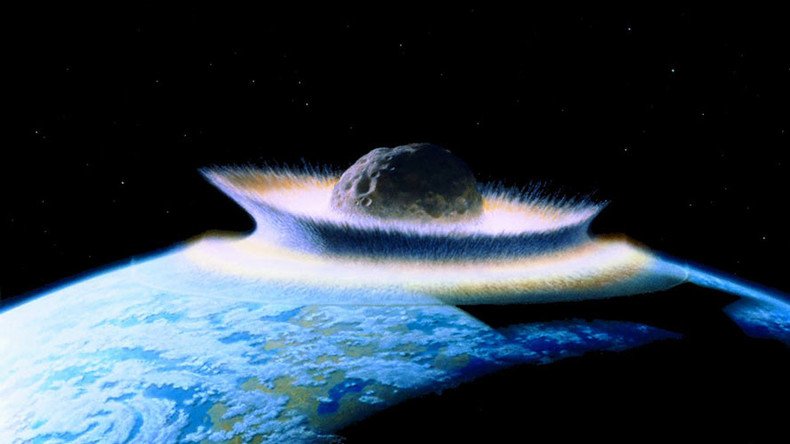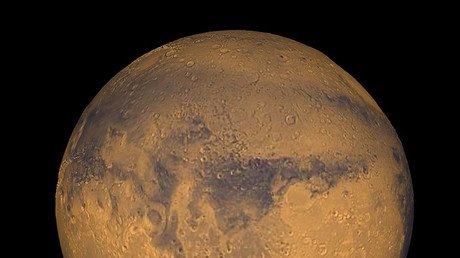Earth’s surface ‘vaporized’ from asteroid impact that killed off dinosaurs – study

The asteroid that annihilated the dinosaurs and “reset the clock” for life on Earth could not have done the job without first liquefying the planet’s surface, a new study found. Lead researcher and geophysicist Sean Gulick spoke to RT.
The scientific consensus has been for some time that about 66 million years ago, Earth changed forever. But exactly how is still being learned, and new research from the University of Texas at Austin goes as far as to alter “clues into the origin of life on earth,” Sean Gulick, a research professor at the Jackson School of Geosciences’ Institute for Geophysics, told RT’s Manila Chan.
Not only was the sun blocked out by the earth’s atmosphere and 75 percent of all life extinguished following an asteroid collision, but the earth’s surface at the site of the impact “was vaporized.”
“And then a bit below that was ejected,” Gulick said. “But the material below that then started behaving, we think, much like a slow-moving fluid.”
That fluidy earth was at first pushed downward, creating “a transient crater,” about 60 miles (100 kilometers) across, and 20 miles (30 kilometers) deep, according to Gulick.
“But that wouldn't've lasted very long,” he said, adding, “that would've started collapsing almost immediately. The sides would have collapsed in.”
That explains the formation of a ring of mountain ridges, or a “peak ring” as Gulick called it, much like the Gulf of Mexico. There are competing models to explain how such phenomena occur, he said.
“This is probably the most important geologic event in the last 100 million years,” Gulick told RT. “It really reset the clock on an enormous amount of evolutionary trends that were happening, in terms of life.”
“That obviously included the end of the era of the dinosaurs and the rise of mammals slowly over the next 66 million years, leading to ourselves, which we should be happy about,” he added.
The takeaway is that the origin story of life on earth may have a different beginning than what’s currently believed.
Dinosaurs wiped out when asteroid struck oil - study https://t.co/pcNlTsFKK3pic.twitter.com/KFVfhnoUSw
— RT (@RT_com) July 15, 2016
READ MORE: Bizarre smooth metallic meteorite spotted by Mars rover (PHOTOS)
“We're learning something fundamental about the relationship between impacts and subsurface life,” Gulick said, adding, “We already know that there's more biomass on the earth today in the crust than there is on the surface.”













